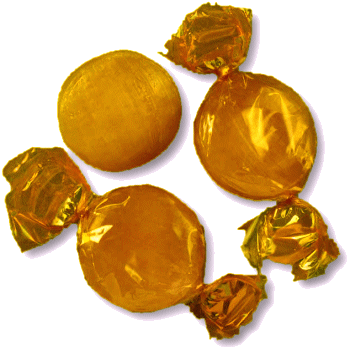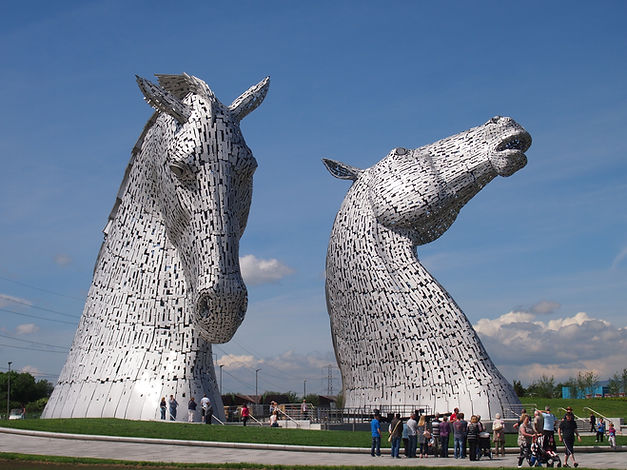




WELCOME TO An Entertainment Site for Scottish Country Dancers - Enjoy the curated selection of theme-related dances for celebrations and holidays, or find a dance associated with a special calendar day, or EVEN your own birthday!
John Duncan (1866-1945), "The Kelpie"
Fairy Tale Day
Feb 26
Other Scottish Country Dances for this Day
Today's Musings, History & Folklore
“Rarely human eye has known
A scene so stern as that dread lake,
With its dark ledge of barren stone...”
~ Sir Walter Scott, 1814, describing a visit to Loch Coruisk
Confound all bad-tempered kelpies with this lively seven couple reel which will keep horsey shape-shifters guessing as the dancers reel to and fro in galloping and wavy reels and chases!
Loch Coruisk (Scottish Gaelic: Coire Uisg, meaning the "Cauldron of Waters") is a remote and strikingly beautiful freshwater loch nestled at the foot of the dramatic Black Cuillin mountains on the Isle of Skye. Surrounded by steep, rugged peaks and accessible only by boat or a challenging hike, it has long been a place of mystery and legend. Among the most enduring tales associated with the loch is that of the kelpie, a supernatural water horse said to inhabit its dark, still waters.
According to Scottish folklore, kelpies are malevolent shape-shifting spirits that often appear as magnificent horses, luring unsuspecting travelers or curious passersby onto their backs before dragging them beneath the water to their doom. The kelpie of Loch Coruisk is said to be particularly fearsome, its glossy black hide blending with the loch’s shadowy depths, its eyes glowing with an eerie, otherworldly light. Some versions of the legend claim that it can also take human form, appearing as a mysterious, dark-haired stranger with an air of sorrow or menace. But no matter, they will cheer up as soon as they hear this happy reel! 🖤 💙 🖤 🐎 🌊 🌊 🌊
The Kelpie of Loch Coruisk
Kelpies are mythological shape-shifting water spirits inhabiting the lochs and pools. Though they are usually described as appearing as a horse, they are said to be able to adopt human form as well.
The kelpie is often described as a powerful and beautiful black or grey horse who preys on any humans it encounters and drags them into the water. An Aberdeenshire variation portrays the kelpie as a horse with a mane of serpents, whereas the kelpie spirit of the River Spey is said to be white and entices its victims onto its back by beautiful singing.
When kelpies take on the outward appearance of human figures, they may betray themselves by the presence of water weeds in their hair. In their human form, kelpies are almost invariably male.
Almost every sizable body of water in Scotland has an associated kelpie tale. As with many fairy tales and folklore, the belief in malevolent water horses serves a practical purpose to warn children away from dangerous stretches of water, and to warn young women to be wary of handsome strangers.
Kelpies have been portrayed in their various forms in art and literature, and most recently in two 30-metre (98 ft) high steel sculptures in Falkirk, completed in October 2013. Click the famous Falkirk Kelpies for an article.
To see the dance performed by The Red Thistle Dancers in 2007, click the video.
Click the dance cribs or description below to link to a printable version of the dance!




